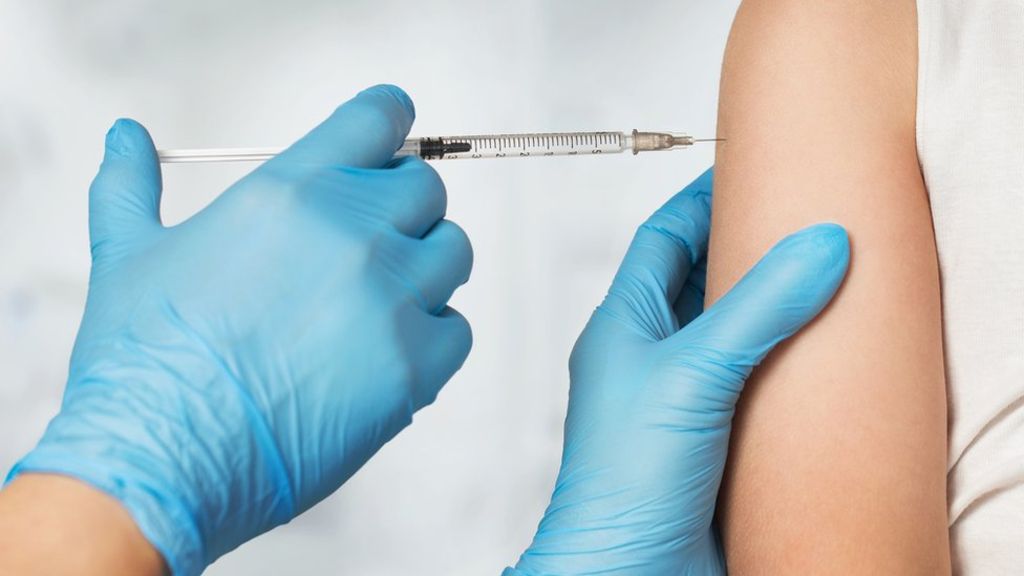The flu vaccine for this year’s season and the flu viruses in circulation match!
Since October 2018, millions of Americans have been affected by influenza with many areas showing widespread activity. But there’s also good news: According to the Centers for Disease Control and Prevention (CDC), the 2019 flu vaccine is a good match with the flu virus strains known to be in circulation!
While getting your flu shot from a provider like CVS or Walgreens, while it doesn’t provide 100% protection, it significantly decreases the risk of complications. With the CDC declaring a good match, it means that children and adults who have the vaccine are likely to be well-protected. As you can see here, CVS charges between $31.99 and $51.99 for a flu shot. Although that’s not necessarily cheap, it does protect you from a potentially life-threatening condition.

Millions of Sick Americans
As of January 5, 2019, the CDC reports that between six and seven million people in the United States became sick with the flu. Of the 50 states, 30 experienced widespread activity with 17 characterized by regional activity. Of the people affected by influenza, an estimated half sought medical care while up to 84,000 were hospitalized because of it.
While these numbers seem tame in comparison with, say, the 1918 Spanish flu (H1N1) pandemic were more than 675,000 Americans died or the 1957 Asian flu (H2N2) pandemic that claimed the lives of nearly 70,000 Americans, these are still troubling for health experts.
After all, the symptoms of flu can lead to serious complications including sinus and ear infections, inflammation of the heart, brain, or muscles, and multiple organ failure. Among children and the elderly, the symptoms can prove fatal!
The crucial importance of getting your yearly flu vaccine cannot be overemphasized, even if you’re in relatively good health. Many of the strains of the flu virus can cause serious symptoms and complications that can increase the risk for death. This is especially true for the young and elderly, whose bodies often have a harder time fighting the flu.

Good Match Achieved
The good match achieved for the 2019 flu season is an achievement, of a sort, for the government and the manufacturers. During the past two seasons (2017-2018), the vaccine was only about 40% effective while the numbers for the 2010-2011 season was 60% effective. Among the lowest efficacy rate was the 2004-2005 vaccine at just 10% effectiveness.
For the 2018-2019 season, the CDC reports that the majority of the strains of the flu virus common in the Northern Hemisphere are similar to those strains included in the season’s vaccine. The flu one contains four strains (i.e., a quadrivalent).
Of course, CDC and other health experts will not know the full extent of this season’s flu vaccine until the season has ended. But for now, there appears to be a good match, a piece of good news for the people behind the development of each season’s flu vaccine.
Keep in mind, too, that a flu vaccine’s efficacy also depends on individual factors including his age, overall health, and residence (i.e., a place may have a higher incidence of flu). Older adults and younger children, for example, have weaker immune systems and, thus, they are less likely to gain protection from the vaccine.
Fortunately, scientists have developed specialized vaccines for people who have weaker or compromised immune systems. These are the adjuvanted flu vaccine and the high dose, both of which have demonstrated better immunity against the fly virus among low-response cohorts.
It remains yet to be seen whether the 2025 flu shot will be as efficient as this past year. The most accurate numbers will come out nearing the end of the season, which usually happens at the end of spring. The flu activity usually peaks between the month of October and February.

Changes from Year to Year
But why does the CDC have to change the recommended flu vaccine from one year to the next or from season to season? First, the recommendation isn’t the sole initiative of the CDC – in fact, it’s the result of a concerted and coordinated effort between scientific research institutes, government regulatory agencies, and the World Health Organization (WHO), among others.
More than a hundred national influenza centers worldwide conduct year-round surveillance of the flu virus and its impact on the populations. The researchers receive and test thousands of flu virus samples from affected patients and then send the representative viruses to the five collaborating centers identified by WHO. These centers are the CDC in Atlanta, Georgia; the Francis Crick Institute in London, the United Kingdom; the Victoria Infectious Diseases Reference Laboratory in Melbourne, Australia; the National Institute for Infectious Diseases in Tokyo, Japan; and the National Institute for Viral Disease Control and Prevention in Beijing, China.
The WHO and the directors of these five collaborating centers, as well as other health experts and regulatory authorities, convene twice a year to make recommendations for the next season’s flu vaccine and its composition. For the Northern Hemisphere’s, the consultation happens in February while it’s in September for the Southern Hemisphere’s shots.
WHO can only recommend the specific vaccine viruses that may be included in the final vaccine for each country. But each country is a sovereign entity, their governments can make their own decisions regarding inclusions and exclusions in the season’s vaccine. The decision is typically based on the flu ones already licensed in the country although, in most cases, the countries adopt the WHO recommendations.

The bottom line
While not every flu season’s vaccine will be a perfect match, not even a good match for some seasons, it’s still a great idea to have it as extra protection. Other than a few side effects such as soreness and redness on the area where the shot was injected, the flu shot has proven to be a safe and useful addition to the ever-expanding list of vaccinations recommended by health professionals. And for the young and older parts of our populations, it is another vaccine that can make a difference between life and death in some situations.









